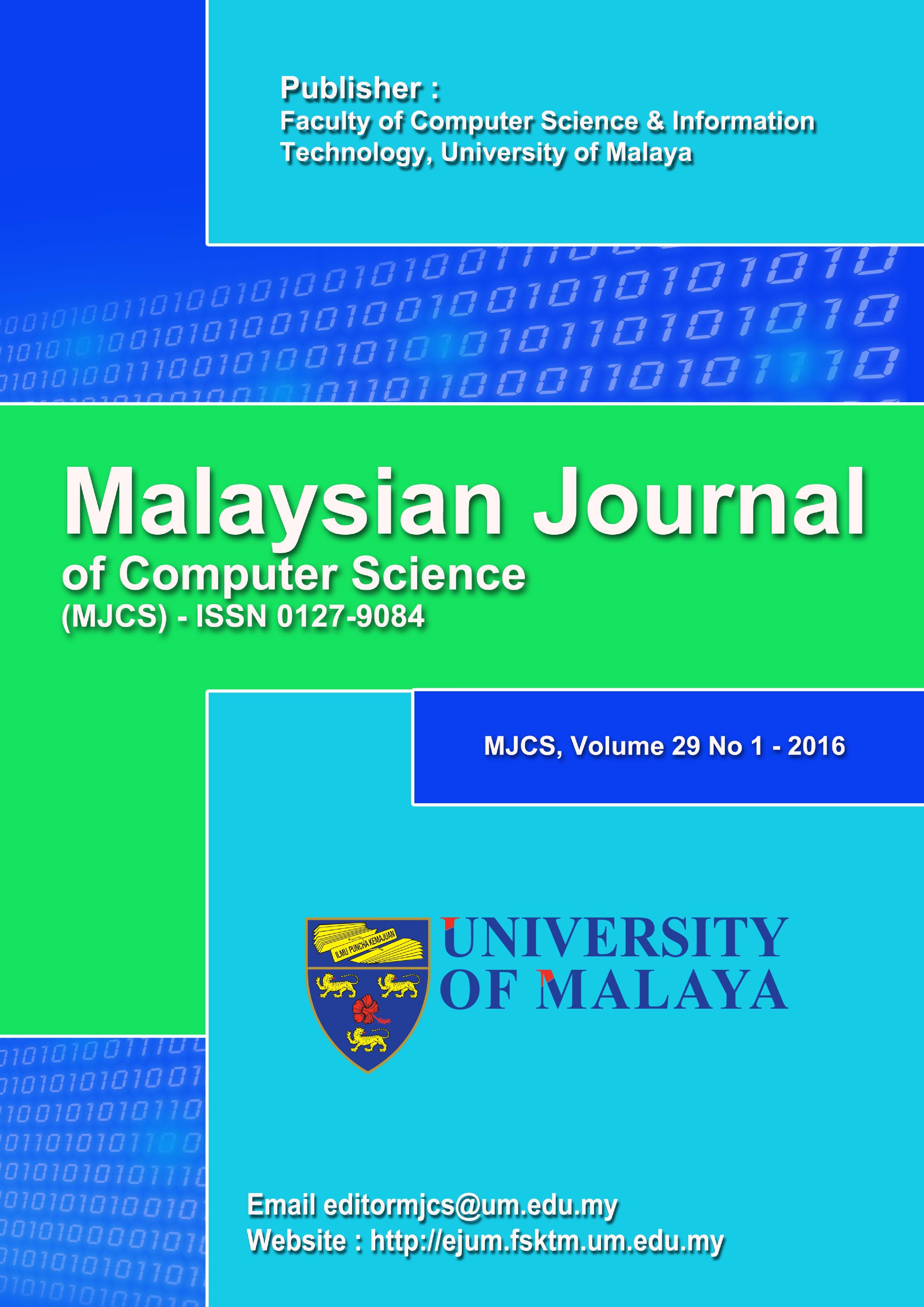DIAGNOSIS OF METABOLIC SYNDROME USING MACHINE LEARNING, STATISTICAL AND RISK QUANTIFICATION TECHNIQUES: A SYSTEMATIC LITERATURE REVIEW
Main Article Content
Abstract
Metabolic syndrome (MetS), known to substantially lower the quality of life is associated with the increased incidence of non-communicable diseases (NCDs) such as type II diabetes mellitus, cardiovascular diseases and cancer. Evidence suggests that MetS accounts for the highest global mortality rate. For the early and accurate diagnosis of MetS, various statistical and ML techniques have been developed to support its clinical diagnosis. We performed a systematic review to investigate the various statistical and machine learning techniques (ML) that have been used to support the clinical diagnoses of MetS from the earliest studies to December 2020. Published literature relating to statistical and ML techniques for the diagnosis of MetS were identified by searching five major scientific databases: PubMed, Science Direct, IEEE Xplore, ACM digital library, and SpringerLink. Fifty-seven primary studies that met the inclusion criteria were obtained after screening titles, abstracts and full text. Three main types of techniques were identified: statistical (n=10), ML (n=44), and risk quantification (n=3). Standardized Z-score is the only statistical technique identified while the ML techniques include principal component analysis, confirmatory factory analysis, artificial neural networks, multiple logistics regression, decision trees, support vector machines, random forests, and Bayesian networks. The areal similarity degree risk quantification, framingham risk score and simScore were the three risk quantification techniques identified. Evidence suggests that evaluated ML techniques, with accuracy ranging from 75.5% to 98.9%, can more accurately diagnose MetS than both statistical and risk quantification techniques. The standardised Z-score is the most frequent statistical technique identified. However, highlighted proof based on performance measures indicate that the decision tree and artificial neural network ML techniques have the highest predictive performance for the prediction of MetS. Evidence suggests that more accurate diagnosis of MetS is required to evaluate the predictive performance of the statistical and ML techniques.
